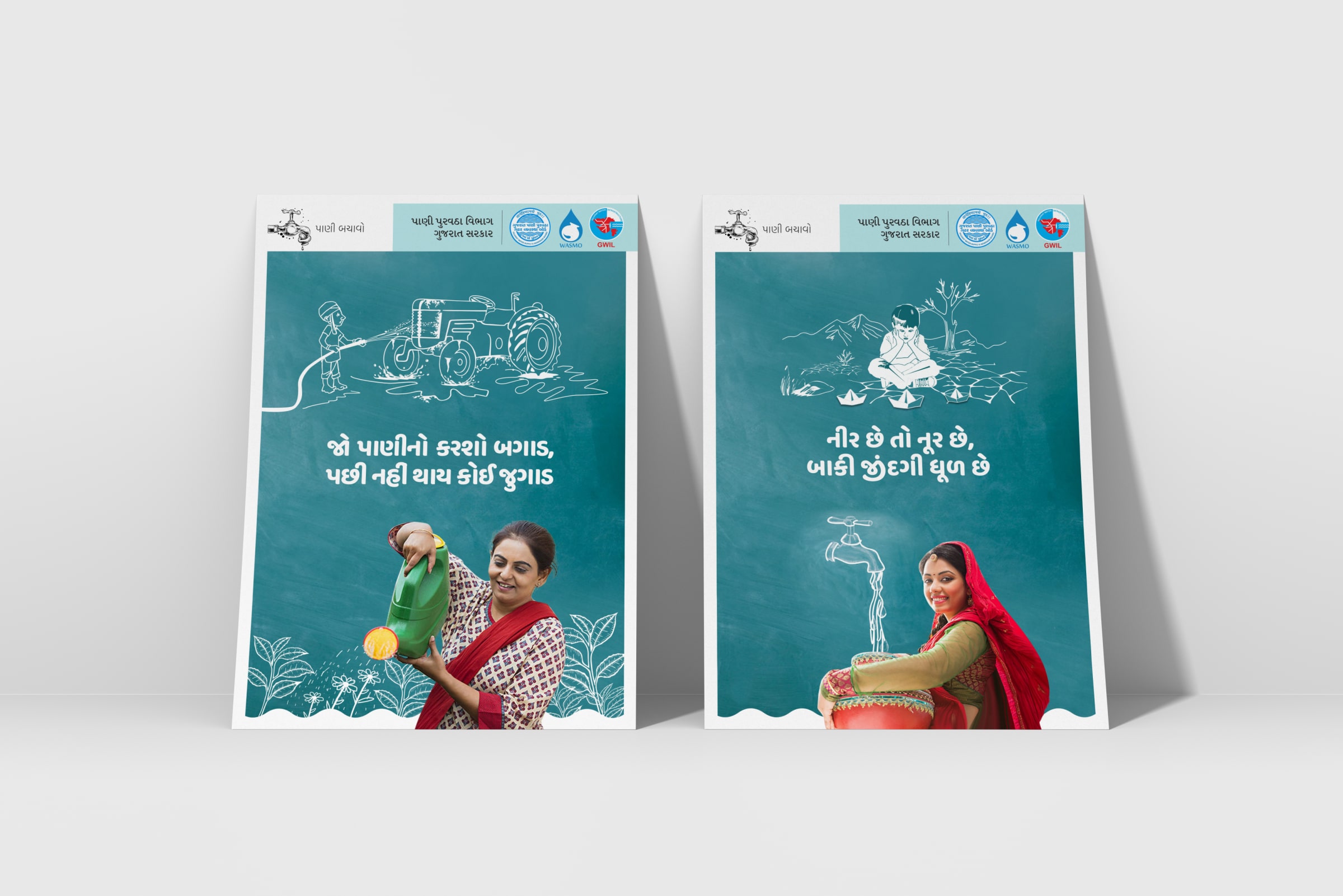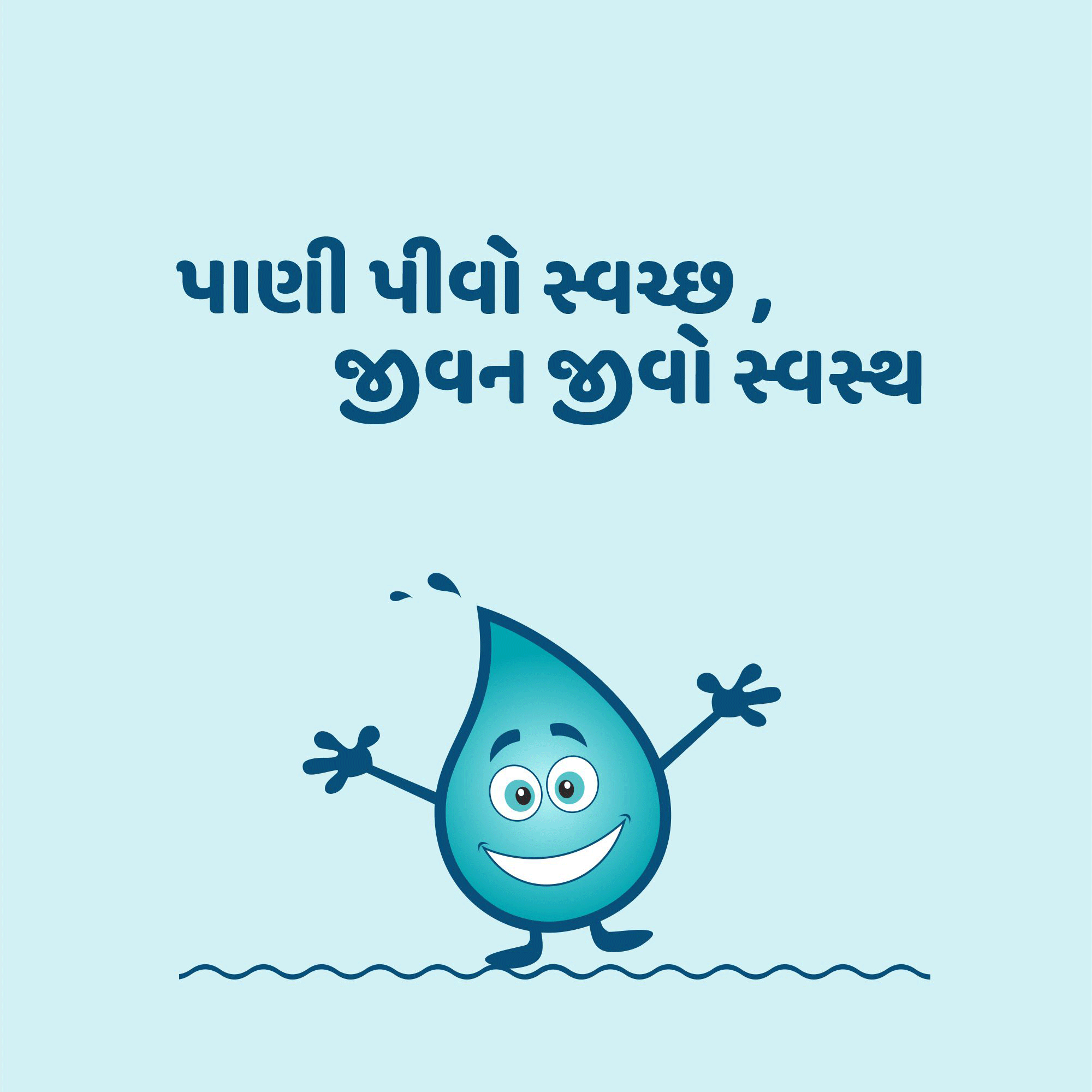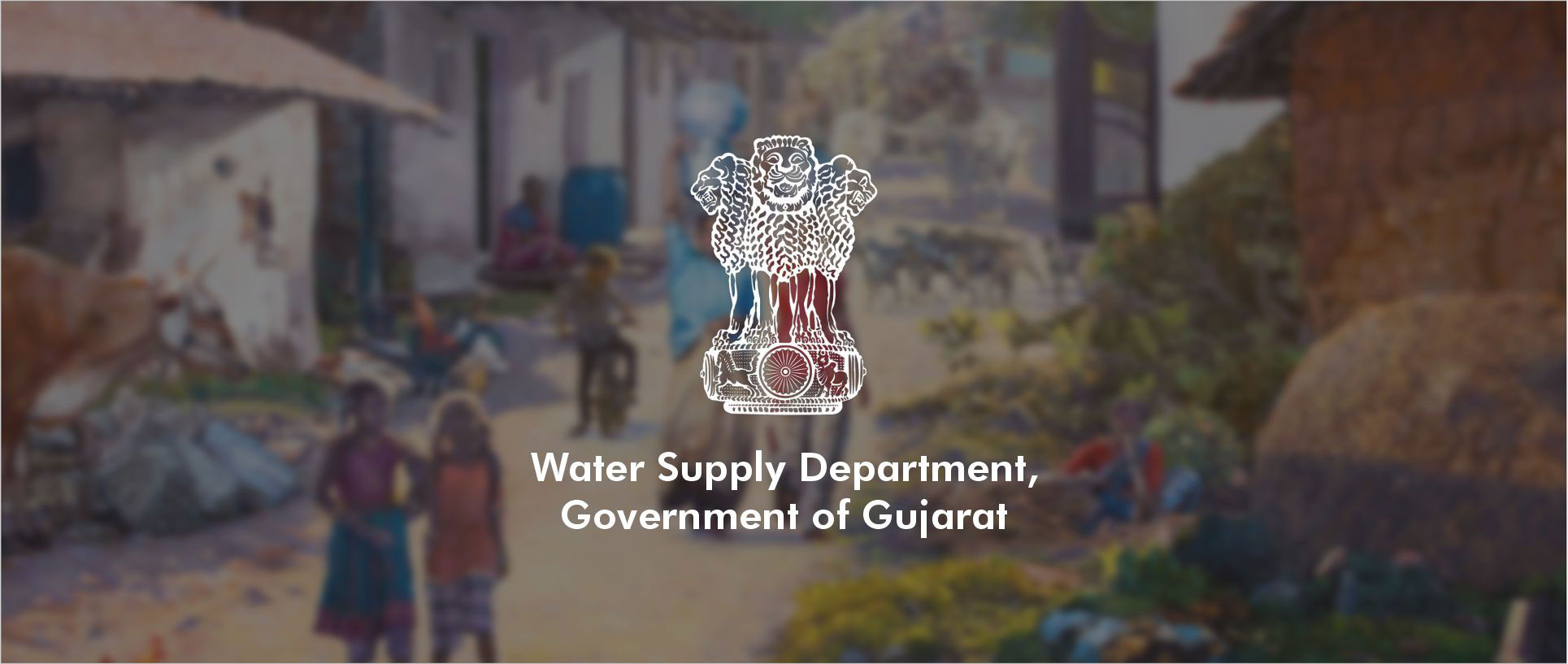Wasmo Somalia has become more than just a genre of music—it's a movement, a cultural heartbeat that echoes across generations. Whether you're a longtime lover of Somali music or just discovering it, wasmo plays a major role in shaping the sounds and stories that define the Somali diaspora. From traditional melodies to modern adaptations, wasmo has evolved into a global phenomenon that captures the emotions, struggles, and celebrations of a people deeply connected to their roots.
For many, wasmo is a gateway to the soul of Somali culture. It's not just about the beats or the lyrics, but how these songs connect people to their heritage. Whether you're hearing a classic by Niiko or a fresh track from Najmo Abdi, wasmo carries with it a sense of nostalgia, pride, and identity. That’s why it continues to thrive, even in communities far removed from the Horn of Africa.
So, what makes wasmo so special? Why does it continue to resonate with Somalis all over the world? In this post, we’ll take a closer look at the origins, the artists, and the global reach of wasmo Somalia. We’ll also explore how this music form has adapted over the years and why it’s still such a big part of everyday life.
Table of Contents
- What Is Wasmo Somalia?
- History and Evolution of Wasmo
- Popular Wasmo Artists You Should Know
- Cultural Significance of Wasmo Somalia
- How Wasmo Has Gone Global
- Where to Find the Latest Wasmo Music
- FAQ Section
What Is Wasmo Somalia?
So, what exactly is wasmo Somalia? In the simplest terms, wasmo refers to a type of Somali song or musical piece. It often features poetic lyrics, soulful melodies, and rhythms that pull at the heartstrings. Traditionally, wasmo has been used to express deep emotions—love, loss, pride, and resilience.
According to Wiktionary, the word “wasmo” comes from the Somali verb “wasma,” which means to sing or to recite. Over time, the term evolved to refer not just to the act of singing, but to the actual musical compositions themselves.
Wasmo can be both secular and spiritual, though most of the modern recordings focus on personal and social themes. Whether it's played at a wedding, a gathering, or just in someone’s headphones, wasmo brings people together in a way that few other art forms can.
History and Evolution of Wasmo
Wasmo’s roots run deep in Somali culture. For centuries, music has played a vital role in storytelling, social commentary, and community bonding. Traditional Somali music was often performed with instruments like the kaban, a type of lute, and the oud, a pear-shaped string instrument common in the Middle East and North Africa.
In the 20th century, especially during the 60s and 70s, wasmo took on a more modern form. Artists began blending Western musical styles with traditional Somali melodies, creating a unique fusion that resonated with both young and old audiences. This era gave birth to legends like Mohamed Mooge Liibaan and Sahra Dawo, whose songs are still cherished today.
Fast forward to the 21st century, and wasmo has taken on a new life. With the rise of digital platforms and social media, Somali artists now have a global stage. Today’s wasmo tracks often feature modern production techniques, yet they still carry the emotional depth and poetic richness that define the genre.
Popular Wasmo Artists You Should Know
Over the years, several artists have become synonymous with wasmo Somalia. These are the voices that have kept the genre alive and relevant. Here are a few you should definitely check out:
- Niiko: Known for his smooth voice and heartfelt lyrics, Niiko is a staple in the wasmo scene.
- Najmo Abdi: With her powerful vocals and emotional delivery, Najmo has captured the hearts of fans worldwide.
- Faiza Alifatuush: A rising star, Faiza brings a fresh, modern twist to traditional wasmo.
- Abdulqani Jama: His poetic style and soulful sound make him a favorite among older generations.
These artists, among others, continue to shape the sound of wasmo and introduce it to new audiences. Whether you’re into classic or contemporary wasmo, there’s something for everyone.
Cultural Significance of Wasmo Somalia
Wasmo is more than just entertainment—it’s a reflection of Somali life. The lyrics often tell stories of love, struggle, identity, and hope. For many Somalis, especially those in the diaspora, wasmo serves as a connection to home and a reminder of shared heritage.
For example, during weddings or family gatherings, wasmo songs are played to celebrate milestones and bring people together. They’re also used in times of mourning, providing comfort and a way to process grief through music.
Interestingly, the term “wasmo” itself carries a deeper meaning. In some contexts, it’s linked to the idea of emotional release. Just like the Arabic term “ghazal,” which is used for love poetry, wasmo often explores themes of longing, love, and personal reflection.
How Wasmo Has Gone Global
Thanks to the internet and streaming platforms, wasmo Somalia has reached audiences far beyond East Africa. Today, you can find wasmo playlists on Spotify, YouTube channels dedicated to the genre, and even international collaborations with Somali artists.
Many young Somalis in the U.S., U.K., Canada, and the Gulf countries are now producing their own wasmo-inspired music. They’re blending traditional Somali sounds with R&B, hip-hop, and pop influences, creating a new wave of global wasmo.
This global reach has helped wasmo become a cultural ambassador for Somalia. It showcases the richness of Somali heritage to the world and helps preserve the language and traditions in an ever-changing digital landscape.
Where to Find the Latest Wasmo Music
If you're looking to explore the latest wasmo tracks, there are several platforms where you can discover new and classic songs. Here are a few:
- YouTube: Home to countless wasmo compilations and artist channels.
- Spotify: Offers curated playlists and individual tracks from top wasmo artists.
- SoundCloud: A great place to find independent wasmo producers and emerging talent.
- Instagram: Many artists share snippets of new songs and behind-the-scenes content here.
Whether you're into the classics or the latest remixes, these platforms make it easy to stay connected to the world of wasmo Somalia. And if you're curious about the artists shaping the scene today, you can learn more about the top wasmo artists right here on our site.
FAQ Section
What does wasmo mean in Somali?
In Somali, “wasmo” refers to a song or musical piece. It often carries deep emotional and poetic meaning, and is used to express a wide range of themes including love, loss, and cultural identity.
Who are the top wasmo artists today?
Some of the most popular wasmo artists include Niiko, Najmo Abdi, Faiza Alifatuush, and Abdulqani Jama. Each brings a unique style that contributes to the evolving sound of wasmo.
How has wasmo influenced global music?
Wasmo has gained international recognition, especially through the Somali diaspora. Artists are now blending traditional wasmo with global genres like R&B, pop, and hip-hop, making it more accessible to a wider audience.



